Priya Nair and Tania Kishore Jaleel
Are you wondering what to do with the gold chain you do not wear anymore? You could sell it and make some money or exchange it and buy a new one.
But have you heard of selling your "scrap" jewellery? Scrap jewellery is used jewellery.
You can sell your used jewellery by getting it melted. Given the high price of gold today, you might get a fair amount if you sell it. Prices are ruling at around Rs 32,000 for 10 gm against around Rs 27,000-28,000 at the same time last year, an increase of about 14 per cent.
If you have ever tried to sell jewellery, you would have noticed that stores offer different rates. These could be same as market rate or lower.
...
Photographs, courtesy: Tanishq
Selling jewellery? Be careful, it's actually a big loss
At a jewellery store that Business Standard went to at Opera House in Mumbai the manager said he would buy it at the market price.
For instance, you want to sell a 10g gold chain, you can expect about Rs 28,000 for it after deducting four per cent for melting cost and wastage.
This is because most ornaments are made of 22-carat gold. The price of 24-carat gold is about eight per cent more than 22-carat gold.
This means, if the price for one g of 24-carat gold is around Rs 3,200, the price of one g of 22-carat gold, will be about Rs 2,943, as of today. Hence, the value will be calculated on the 22-carat gold's price.
...
Selling jewellery? Be careful, it's actually a big loss
Branded jewellers such as Popley will only buy back jewellery that you have purchased from them, not anything else. And, not all their stores will buy back scrap gold. Only certain stores do so.
Go to a reputed jewellery store if you want to sell jewellery, as you will be assured of getting the market value. Going to a small store might mean losing money on valuation.
Before you sell your old jewellery first check if it is hallmarked or not. If it is hallmarked jewellery, then there is no melting loss. Hallmarking is an indication of the purity of the metal.
...
Selling jewellery? Be careful, it's actually a big loss
If your jewellery is not hallmarked, then you must take it to a store which has a spectrometer or what is commonly known as a carat meter.
This instrument gives the purity of gold. Most large format stores today have the spectrometer, says Pratap Kamath, chief executive officer of Bangalore-based Abaran Jewellers.
Consumers can also get their old jewellery tested at Bombay Bullion Association, in Zaveri Bazaar, Mumbai. On an average, about 100-150 people get their jewellery tested daily, said an office bearer of the Association. The charge for this testing is a flat Rs 56.
...
Selling jewellery? Careful, it's actually a big loss
At the Association, too, the gold is tested for using the spectrometer. After the testing, which takes about 10-15 minutes, you will get a certificate that will mention the serial number given by the Association, the sample type (bangle, chain, coin, etc), weight and the various elements and the proportion of each in the jewellery.
The elements could include gold, silver, copper, nickel, zinc. For instance, if the reading shows 89 per cent purity, it means the amount of gold in the jewellery is to that extent.
You can even get the testing done at jewellery stores. Often, even if you have got it tested from the Association, the store that is buying will insist on testing the ornament themselves.
...
Selling jewellery? Careful, it's actually a big loss
When you take your jewellery for selling, the jeweller will first melt the gold in the induction furnace. The homogenous piece of metal that comes out of the furnace is the gold without impurities and the customer gets money for that. Most stores will do this for free or at a minimal cost.
While buying old jewellery, jewellers cut four per cent melting charges plus wastage. "We will incur cost for melting the jewellery, which is what we deduct," says Anish Jain, of Jugraj Kantilal and Co.
Over and above this, most stores will deduct making charges, refining costs and melting costs. Making charges can vary between 8-25 per cent. Refining cost is usually Rs 5-10.
...
Selling jewellery? Be careful, it's actually a big loss
While weighing the jewellery, the weight of precious stones is deducted. The weight could also be lower than what it was at the time of purchase due to regular wear and tear.
Customers can ask for payment either in cash or cheque. For selling gold, you need to carry your PAN card with you. You might need some proof of residence as well. Some stores insist on the jeweller's receipt before buying it.
If the staff is not convinced about the genuineness of the seller, they could refuse to buy it, Jain says.

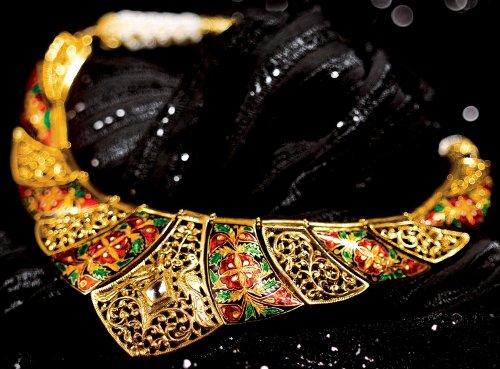
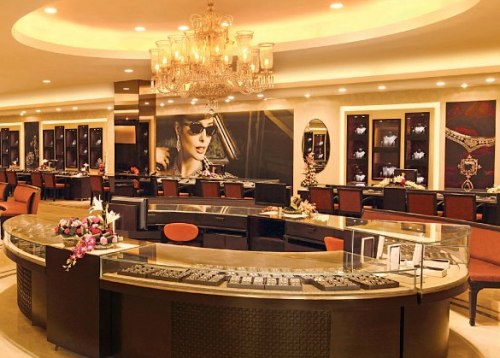

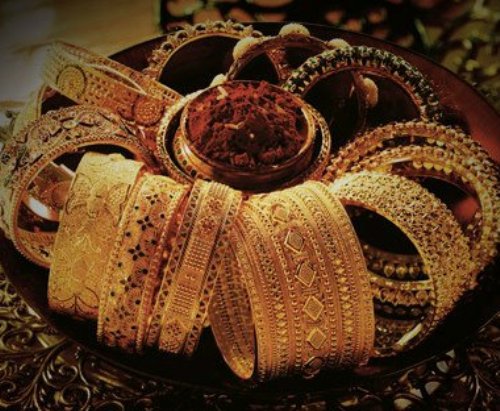
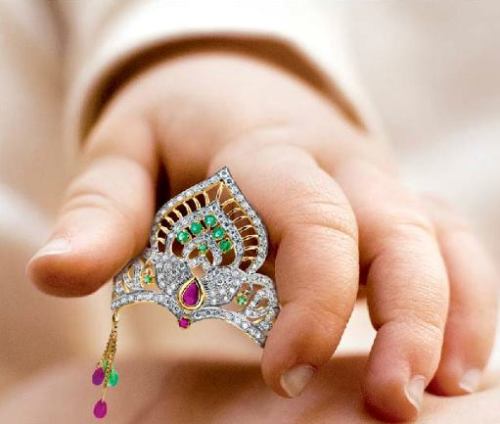
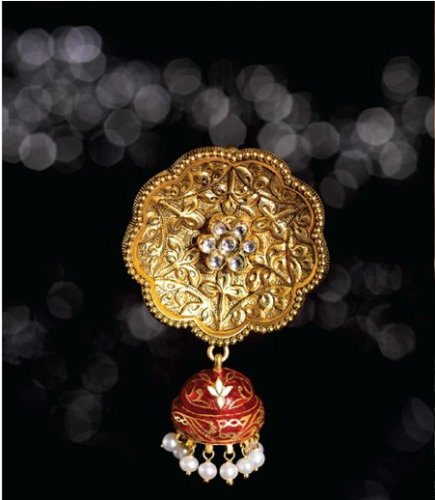
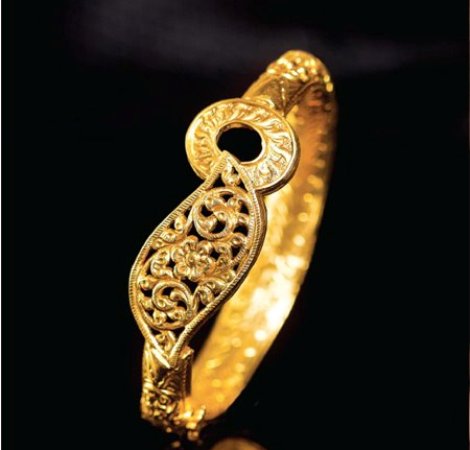

article